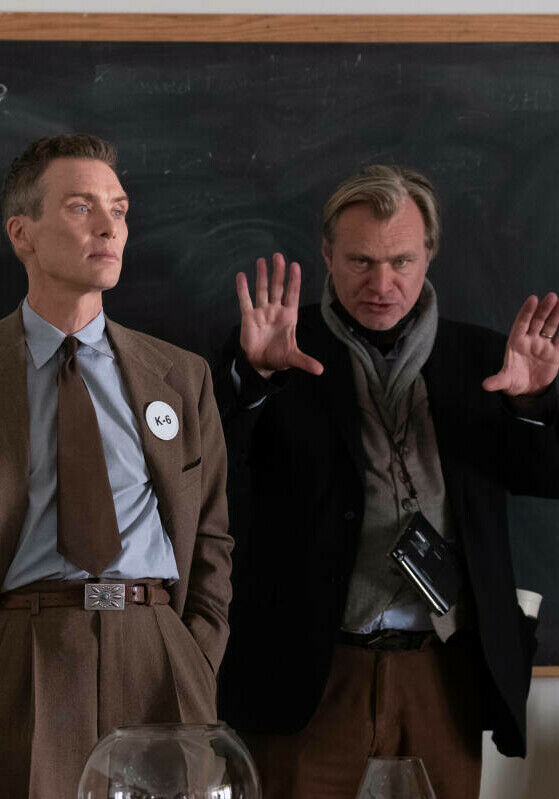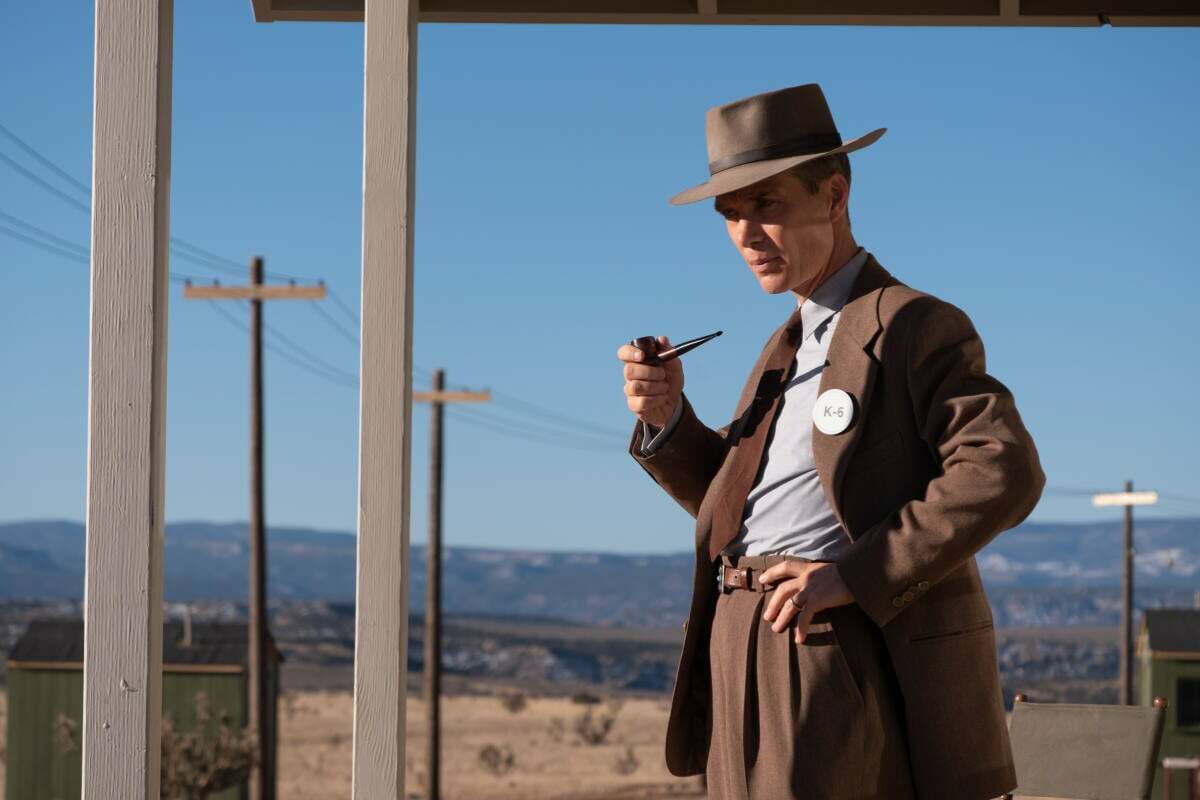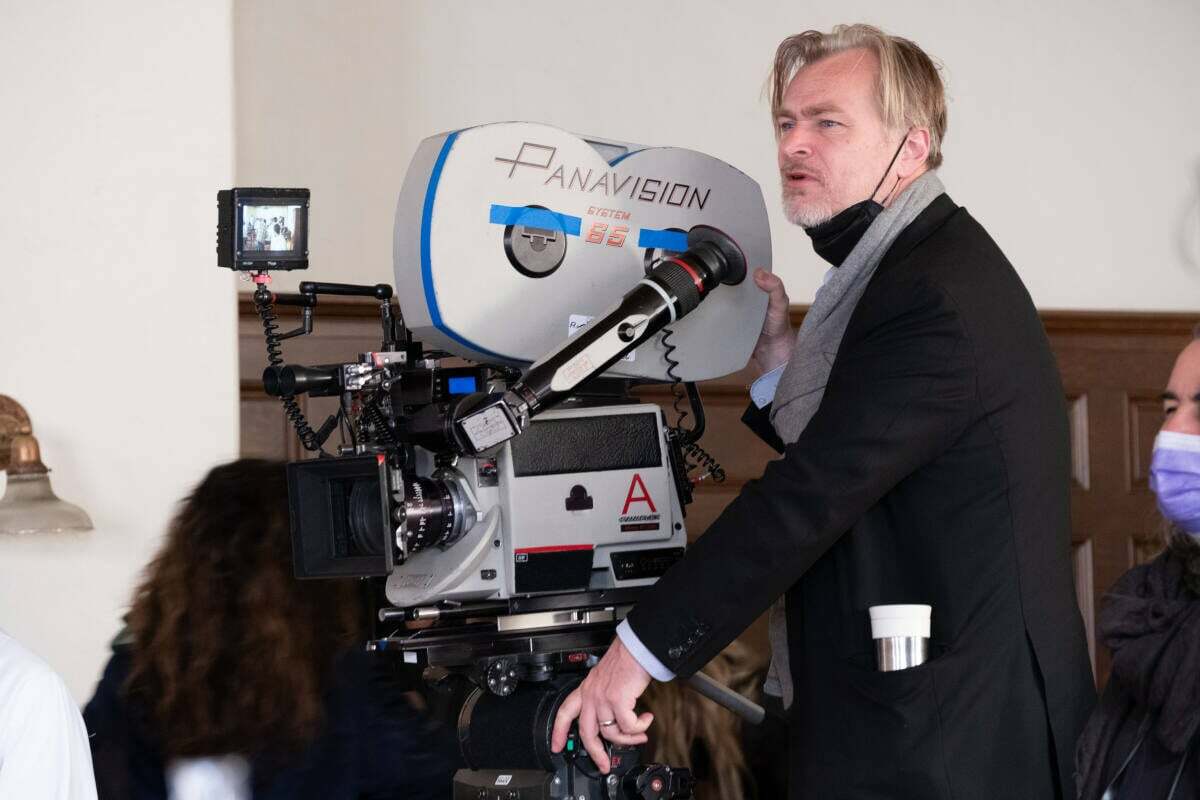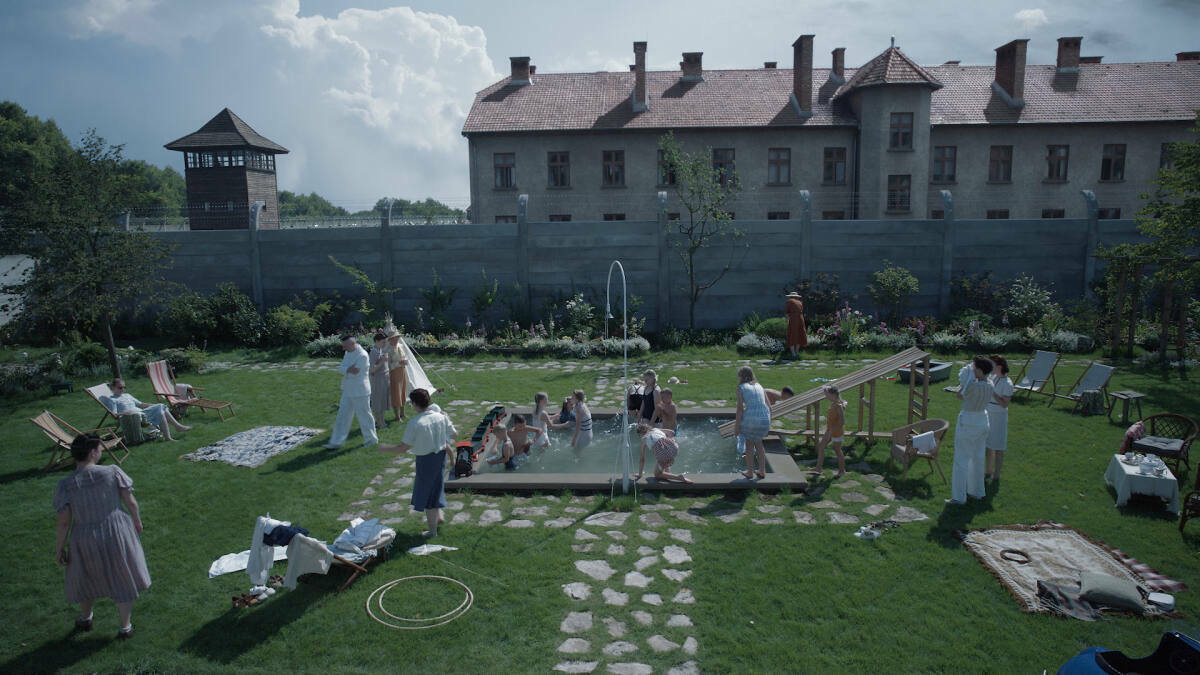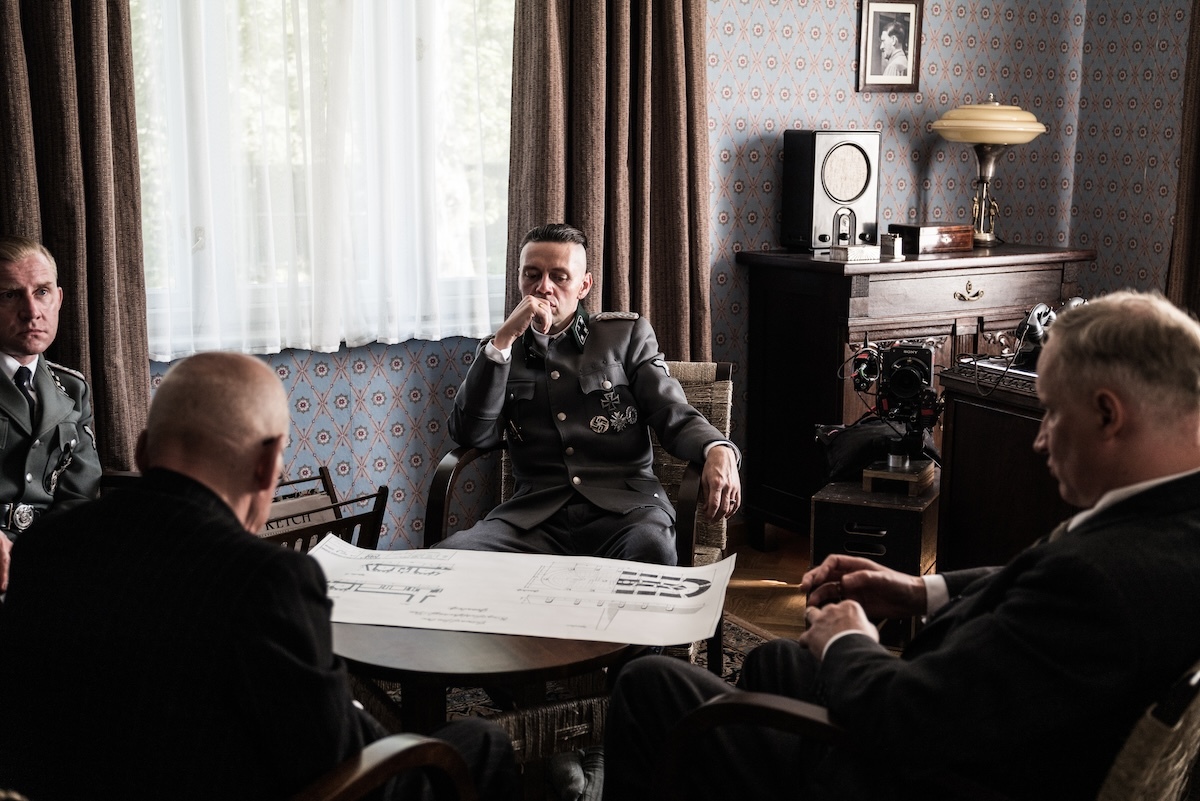Best Score: Oppenheimer
Oppenheimer starrs Cillian Murphy as J. Robert Oppenheimer, the American theoretical physicist credited with being the "father of the atomic bomb" for his role in the Manhattan Project – the World War II undertaking that developed the first nuclear weapons.
Oppenheimer’s score was composed by Swedish composer, conductor, songwriter and record producer Ludwig Göransson, who previously worked with director Nolan on the 2020 film, Tenet.
The score was performed by the Hollywood Studio Orchestra and recorded over five days at the scoring stage at Warner Bros Studios. At its peak, the orchestra included 40 string players, eight horns, three trombones, three trumpets, one tuba and one harp.
The film revolves around Oppenheimer's perspective, aiming for the audience to experience what he feels, sees and inhabits. Therefore, the music had to evoke all of his emotions as depicted on screen.
In a departure from typical post-production practices, Göransson began participating in weekly meetings three months prior to filming, composing 10 minutes of music per week for Nolan. This allowed Nolan to commence filming with two to three hours of music as reference.
“Oppenheimer is a visual masterpiece,” said Göransson in a video released by Universal Pictures. “The movie was really pushing the boundaries in so many different fields so I wanted to see how we could do that with music as well.”
In the early stages of the film's production, Nolan shared the script with his visual effects supervisor, Andrew Jackson, visually depicting events such as quantum mechanics and nuclear reactions. The visual effects team started producing experimental footage of particles, waves and chain reactions, which Göransson then used as inspiration for his score.
“One of the things that was really inspiring was when Chris invited me to come and see the visual effects that they were creating,” he said. “What they did sparked a lot of ideas in my head and that’s where the idea for the montage came from. I had this pattern and it’s played by violins, but I wanted it to go faster and faster and faster the whole time.
“Then the tricky point is, how can we record this live? They go from a tempo change from 180 BMP to 350 BPM within two minutes. It would have been easy just to have stopped every two bars – we did that too – but you don’t get that magical flow that you only get with live musicians playing together in a room where 40 people are doing their own temporal adjustments in their heads. So you can still hear some friction and that energy really affects the recording. We worked on the piece for a week – every day – trying to play it over and over and over again, and the results are marvellous.”
